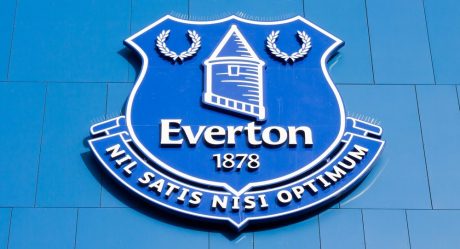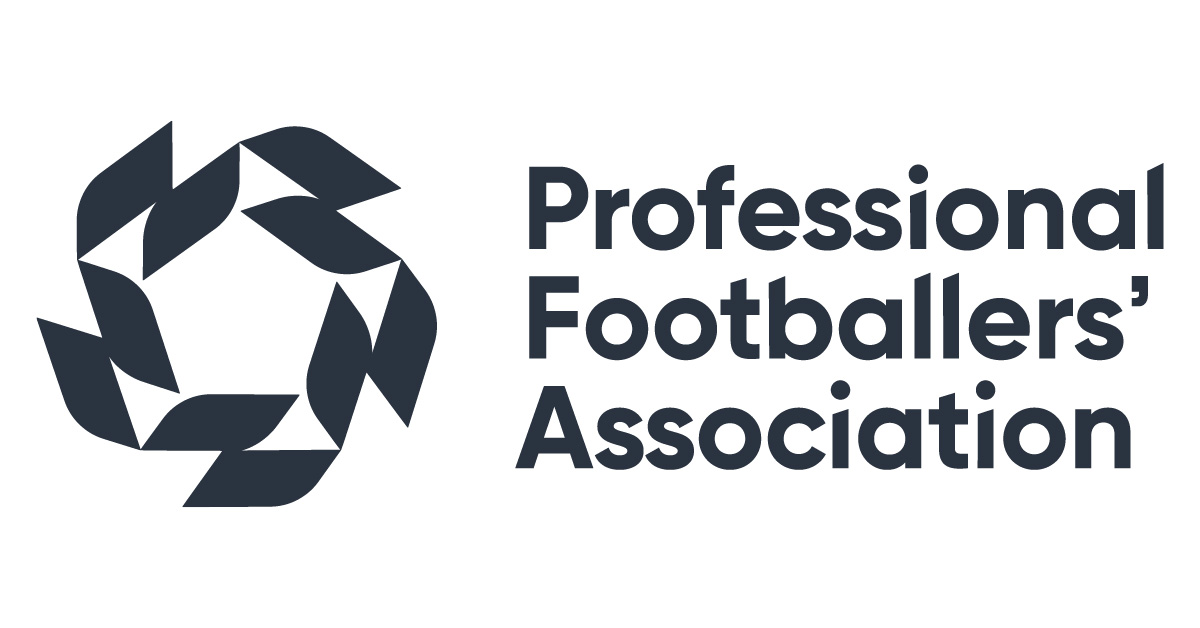As we approach the final stages of the football season, Zachary Sananes and Matt Caples evaluate the fourth decision in respect of breaches of the Premier League Profit and Sustainability Rules (the “PSR”) in a short commentary piece published by The Times and a comprehensive analysis in this article.
On 8 April 2024, a commission decision was published in relation to Everton’s second PSR breach (“Everton 2”). Before this decision, there were two arguably inconsistent decisions regarding sanctions for PSR breaches: (i) the appeal board’s decision in relation to the first Everton breach (“Everton 1”), and (ii) the commission’s decision in relation to Nottingham Forest’s breach (“Forest”).
Everton 2 presented an opportunity to achieve greater consistency, which the commission seized upon. It provided further guidance on the appropriate methodology for calculating sanctions and clarified certain discrepancies in the above decisions.
The approach in Forest
In our previous article, we explored the basis on which the decisions in Everton 1 and Forest had approached the assessment of sanctions in respect of the breaches of their respective upper loss thresholds (“Loss Thresholds”). Both decisions appeared to adopt the same three-stage process:
- The imposition of a three-point sanction purely attributable to the fact of a breach of the Loss Threshold.
- The subsequent consideration of a “Starting Point”, by adding a number of points attributable to the scale of the breach of the Loss Threshold.
- The subsequent assessment regarding the extent to which mitigation and/or aggravation could be applied to reach the final sanction given to the club in breach.
While the commission in Forest considered it was adopting the same approach as that taken in the appeal in Everton 1 (presumably with the intention of achieving consistency and fairness in sanctions between both clubs), it failed to do so. This is evident from the commission’s decision in Everton 2. The apparent shortcoming in the Forest decision related to that commission’s consideration of how the appeal board in Everton 1 had reached its Starting Point for the purpose of sanctioning Everton’s breach.
In summary, the appeal board in Everton 1 arrived at a Starting Point of six points – three points for the fact of breach of Loss Threshold and a further three points for the scale of the breach. However, when analysing this Starting Point, the commission in Forest considered that the appeal board in Everton 1 had attributed only two points to the scale of Everton’s breach while attributing a further point on account of an additional aggravating factor (the provision of incorrect information by Everton to the Premier League). Based on that apparently mistaken assumption, the commission in Forest attributed three points to the scale of Forest’s breach of Loss Threshold – one point more than it thought had been attributed to the scale of Everton’s breach. It considered this justified owing to the greater scale of Forest’s breach of the Loss Threshold (£34.5m as opposed to Everton’s breach of £19.5m).
The commission considered certain mitigating factors in Forest’s favour, applying a two-point reduction to the Starting Point , which resulted in an overall sanction of a four-point penalty. However, the approach to this aspect of the Forest decision appears consistent with that taken in Everton 1, where mitigation and aggravation were considered after reaching the Starting Point, not before.
The approach in Everton 2
In this latest decision, the commission in Everton 2 also appears to have adopted the same basic three-step approach to calculating sanctions for breaches of the Loss Threshold (but without using entirely consistent terminology).
However, the commission in Everton 2 did not agree with all aspects of the Forest decision, criticising three points summarised below following submissions by the Premier League (see paragraph 94 of the decision).
- First, the introduction by the commission in Forest of a broad three-tiered approach to categorising the significance of a breach of Loss Threshold as either “minor”, “significant”, or “major”, and any suggestion that a “minor” breach might not attract a sporting sanction. The commission in Everton 2 fundamentally disagreed with this proposition (see paragraphs 175 and 176) and sought to reaffirm that a sporting sanction is always necessary for a breach of the Loss Threshold (which it considered had also been the appeal board’s position in Everton 1).
Second, the suggestion in Forest that a Starting Point of fewer than three points might be appropriate depending on the nature of a breach and before taking account of any mitigation. The commission agreed with the Premier League that a three-point sanction is appropriate for all breaches of the Loss Threshold before taking into account the scale or quantum of that breach (see paragraph 176).
Third, the approach to calculating the points deduction in Forest on the basis that the commission had mistakenly considered that the Starting Point in Everton 1 had included aggravation, which it did not (as explained above). This is confirmed in paragraph 188 of Everton 2, where the commission stated:
“We note that Nottingham Forest reached a different view on this issue. In that case, it was said at [14.15] that it is not possible to determine how the Everton FY22 Appeal Board arrived at the three additional points (for a total of six). We have explained our understanding of the Everton FY22 Appeal above: in our view, it is implicit in the Appeal Board’s reasoning at [210] that the “additional three points” were imposed due to the quantum of the breach. In any event, the same result can be reached by viewing the “modest” aggravation and “modest” mitigation in the Everton FY22 Appeal as having cancelled each other out, which leaves the quantum of Everton’s breach as the only aggravating factor.”
Ultimately, the commission in Everton 2 accepted the Premier League’s submission that Everton’s points deduction should include three points for the fact of its breach of the Loss Threshold, with a further two-point deduction on account of the scale/quantum of the breach. The commission, therefore, concluded that a Starting Point sanction of five points was appropriate, with any mitigation or aggravation to be accounted for subsequently.
This approach in Everton 2 was consistent with the appeal board’s decision in Everton 1 insofar as it (i) adopted the same analysis regarding the number of points to be deducted for the fact of a breach of the Loss Threshold, and (ii) then added one point less than was added in respect of the scale/quantum of Everton’s breach of Loss Threshold in Everton 1. This resulted in a lower Starting Point, reflecting the smaller breach of the Loss Threshold in Everton 2 (£16.6m) versus Everton 1 (£19.5m). This is confirmed in the commission’s decision at paragraph 187.
What now?
Clearly, the commission in Everton 2 considers that each of its decisions (the appeal board’s decision in Everton 1 and the commission’s decision in Forest) have taken a consistent approach to the first stage of the analysis, ie deciding an “Entry Point” sanction of three points for the fact of a breach of Loss Threshold. Where the decisions appear to differ is in their approach to the second stage of the analysis, ie reaching a Starting Point.
The commission in Everton 2 and, it seems, the appeal board in Everton 1, both considered that a breach of the Loss Threshold in the region of £20m should attract an additional three-point deduction (being the approximate scale or quantum of breach of the Loss Threshold in Everton 1). By reference to that sanction, and as noted above, the commission in Everton 2 decided that a two-point deduction was appropriate for a slightly lower breach in the region of £16.6m. If any future commission (or appeal board) is tasked with assessing a breach of the Loss Threshold significantly greater than £20m, it might be inclined to add more than three points at this second stage of the analysis, which could mean a Starting Point greater than six points. It will be interesting to see how the appeal board in Forest addresses this point.
With the decisions in the appeals of both Forest and Everton 2 expected soon, we won’t have to wait long to see how the appeal boards will address these points. It will be interesting to see the extent to which a consistent approach is entrenched or if any diverging points of view emerge.
This won’t conclude all the issues the commission in Everton 2 was faced with. It has deferred a limited number of points that remain to be considered at first instance, likely after the end of this season.
The fourth official may need to indicate yet more additional time before the final whistle blows in relation to this season’s PSR breaches.
You can find further information regarding our expertise, experience and team on our Commercial Litigation and Sports Disputes pages.
If you require assistance from our team, please contact us or alternatively request a call back from one of our lawyers by submitting this form.
Subscribe – In order to receive our news straight to your inbox, subscribe here. Our newsletters are sent no more than once a month.







